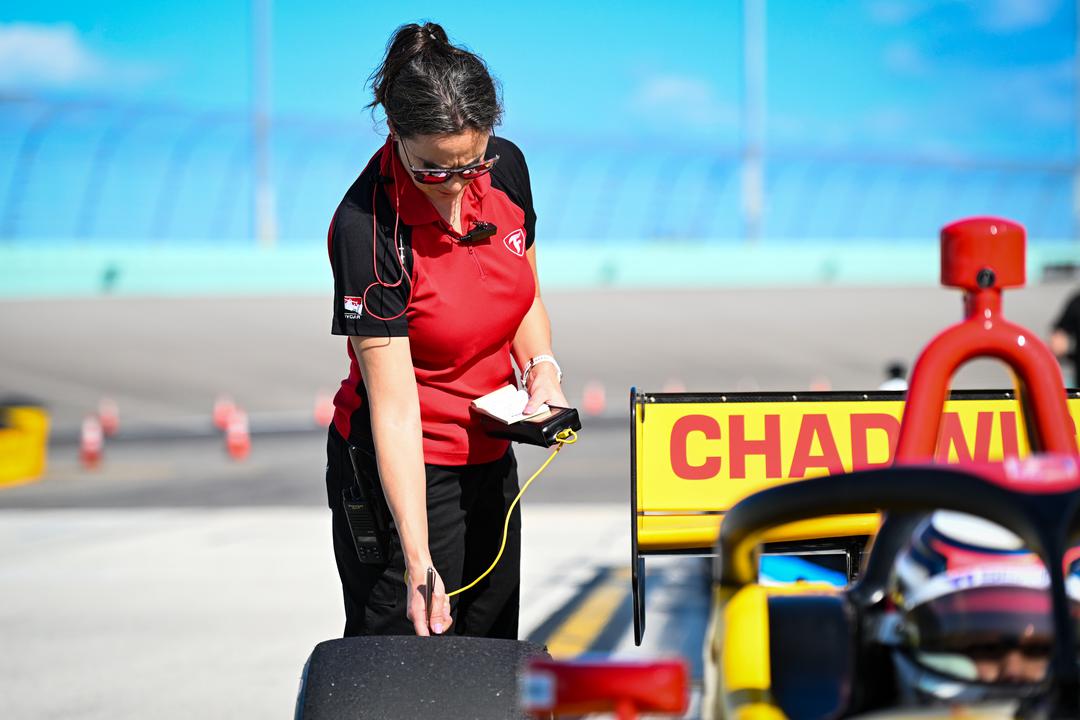Whether it’s designing and developing the most important performance part of an IndyCar at the Indy 500 or any other race – the tire – or leading a sustainability push to safeguard the future of motorsport, Firestone Racing’s Cara Krstolic is always a fascinating interviewee.
Each year Firestone provides around 5000 tires for the Indy 500 alone, and when it isn’t working with drivers and teams to deliver a tire they’re happy with, the Bridgestone-owned company is working alongside IndyCar’s partners to help in the future.
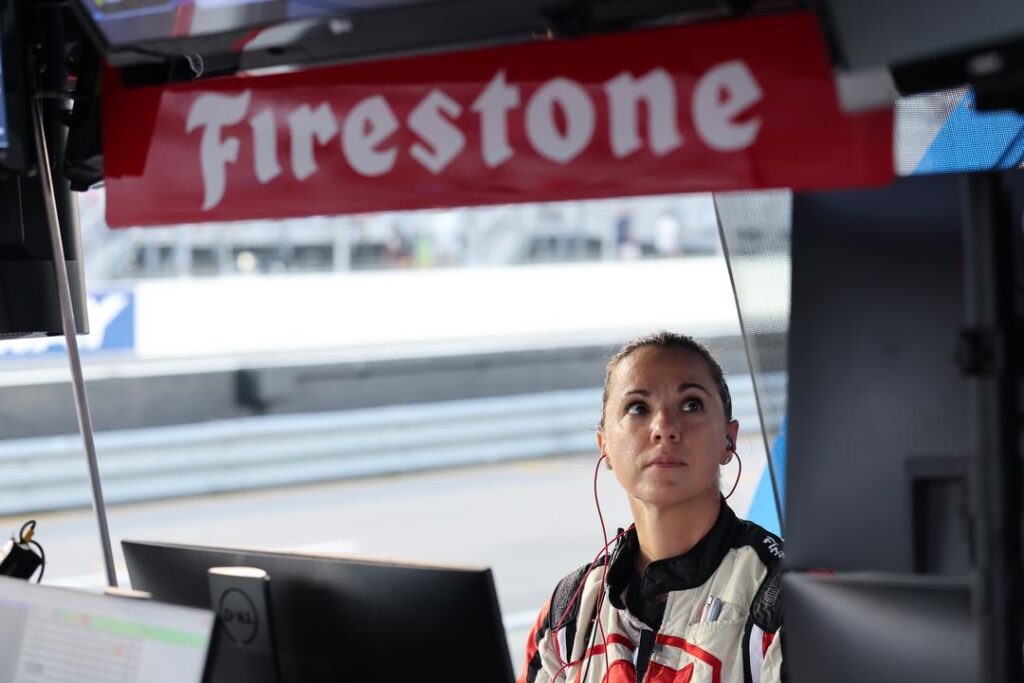
Last year the manufacturer delivered a tire made in part from more sustainable rubber called guayule harvested in North America instead of the usual Southeast Asia forests motorsport rubber tends to come from.
The company has invested in farming more of this rubber to bring down its carbon footprint, and it’s looking at ways to do similar things with the rest of its tires that may just find its way on to your road car in the future. The company has a carbon neutral goal for 2050.
As part of Podium Life’s regular feature on finding out more about some of racing’s influential leaders on and off the track, we sat down with Krstolic – the Director of Bridgestone Race Tire Engineering & Production and Chief Engineer for IndyCar Tires – to discuss her path to Firestone and a push for equipping motorsport better for a sustainable future.
Who are some of your mentors?
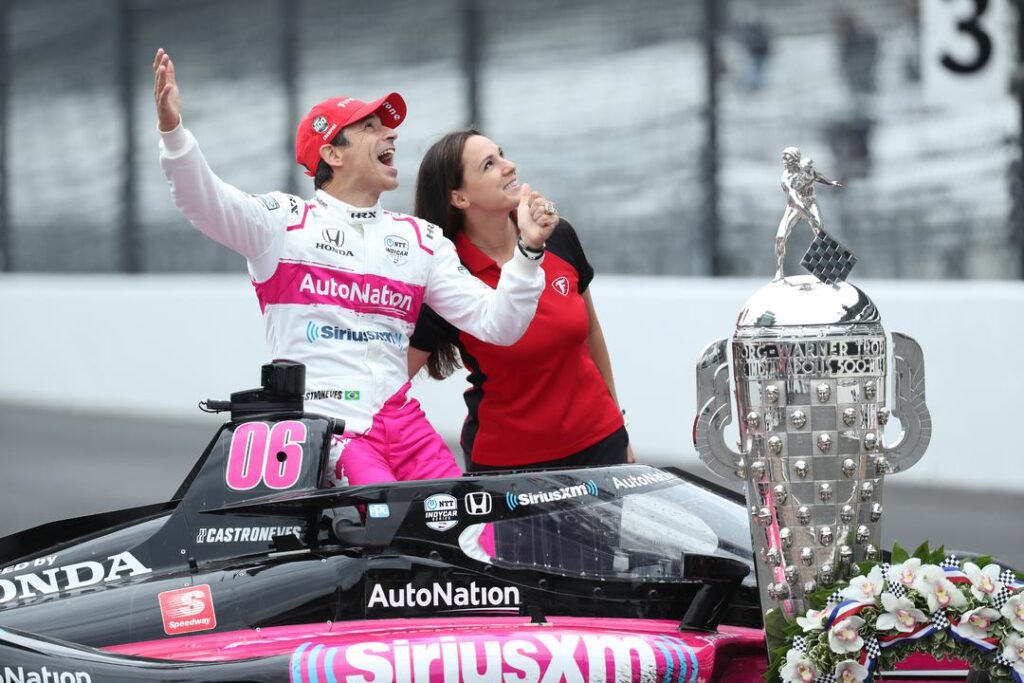
Well, luckily, I had a science-teacher mom, and my grandfather was an engineer at NASA. So my mentors from a very young age were family, I was wanting to do science experiments with my mom.
She would have a neighbourhood science camp. Instead of going to sports camp, I went to science camp. We did all kinds of cool stuff – anything from making a toilet paper rocket to, she would go out to a butcher shop and get leftover parts and we would study anatomy, like an eyeball, and understanding the different parts of the eye, muscles and tendons. Lots of neat stuff there.
And I claim mentors everywhere I go. People may be my mentor and they might not even know they’re my mentor. So I’ve learned a lot.
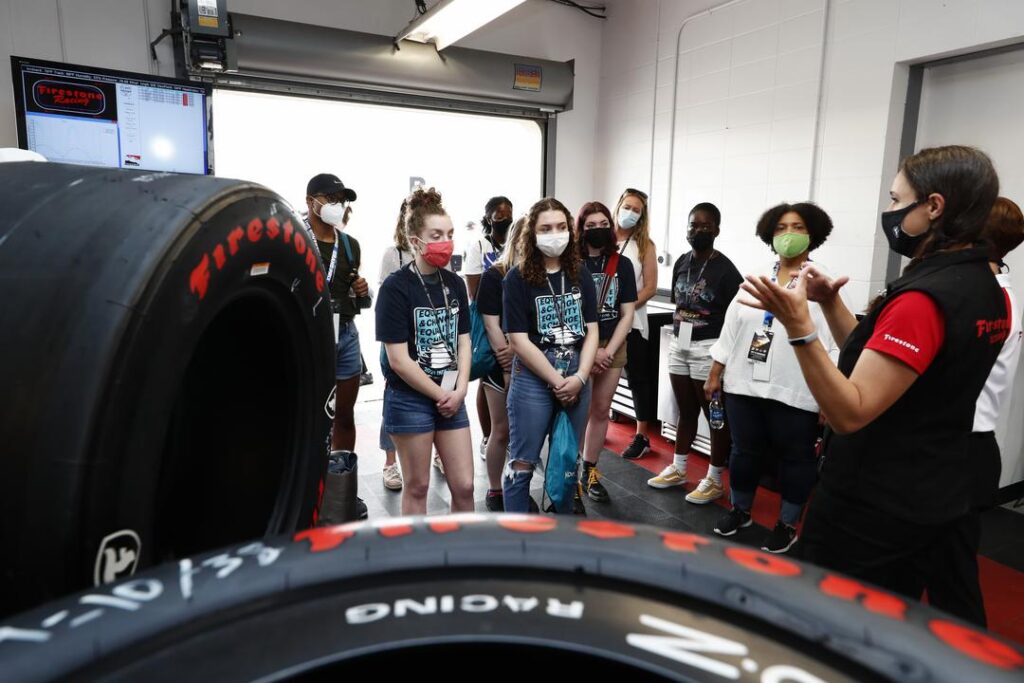
My very first mentor in the racing world was Page Mader. He was the manager of race tire development before I even joined the Bridgestone group. I went out to him and I asked him what it would be like to move into racing, what kind of ideal engineering he was looking for.
So very early on even two years before I started in racing, I started to form at least a conversational relationship with him. And then once I moved into the racing field, he was excellent as a mentor.
I came to the racetrack as a very green, brand new engineer. He would introduce me to different people around the paddock and say, this is Cara. She’s our new street course engineer, pay attention to her because she’s going to be running the place one day.
So even very early on in my career, he stood up for me and made sure I had what I needed to be able to succeed.
Biggest lesson learned in motorsport?
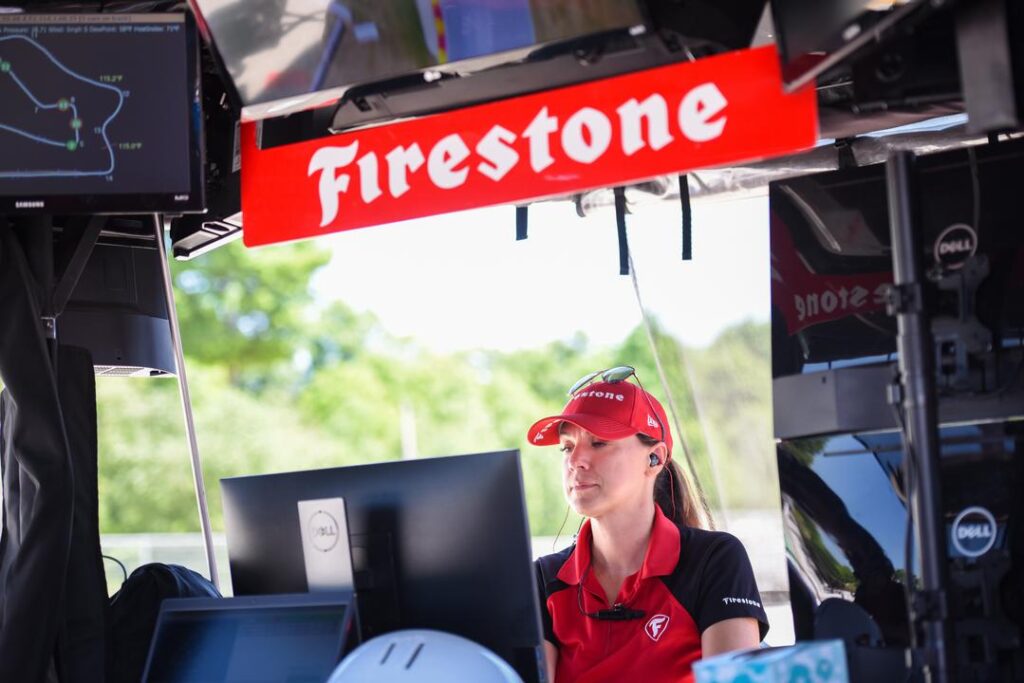
I’ve learned so many lessons in motorsport. One of the biggest is to be able to rely on the team. Everyone in racing is here because of the success of the people around us.
So if you’re a race car driver, you have your team and you rely on them for things like pit stops. If you’re an engineer, you rely on your chemist and compounder and your other engineers and the people around you.
So my biggest lesson I would say is really build an effective team and then rely on that team to do what their job is. Step back and trust them and then support them in the areas that they can’t manage alone.
Best piece of advice you’ve received?
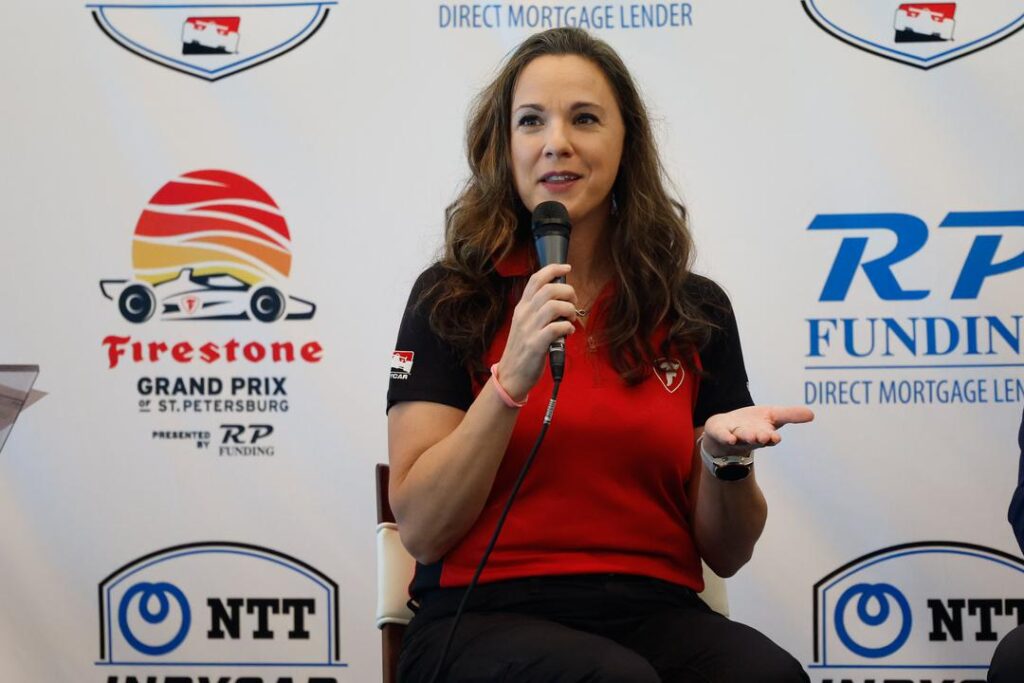
One of the probably biggest pieces of advice I’ve gotten – not necessarily from the racing world, but it definitely applies to the racing world – is to be able to be very aware of your emotions.
To be able to not only control those emotions, but to be aware of other people’s emotions. Sometimes you need to neutralise those, as you’re going through a conversation.
So it might be somebody coming in and wanting to get a replacement tire or something, somebody might have just gotten out of the car and be really excited about something that happened, and then to be able to understand the place that they are at, where they’re coming from, and to be able to meet them where they’re at.
And I think it’s been really helpful, not only in motorsport, but also in life.
What book/article/film has best shaped your leadership style?
Emotional intelligence 2.0 by Travis Bradberry and Jean Greaves. That one has been really good for overall leadership. And when we’re talking about emotional intelligence, it’s understanding how you show up, understanding how other people show up, and being able to form great relationships.
Who do you look up to?
We are filled with so many different role models, people that we see out in the world, my very first one growing up in Akron, is Judith Resnik, she was a teacher, and she grew up in the Firestone Park area. She became an astronaut and she was, of course, on the Challenger.
We were watching as a kid, and here is this scientist that’s from Akron, and is on a space shuttle, at NASA. Just looking at her example was pretty awesome as a kid.
Of course, there are some fantastic drivers, female drivers and other people along the along route. But I try to take something from every relationship that I have, every manager that I’ve had, I take either ‘this is something I want to emulate’, or ‘this is something I want to make sure I don’t’.
So I’ve learned from every management relationship I’ve had.
You work in a male-dominated industry. Has your leadership style developed in certain ways because of that?
In general, as a whole, I would say no, but there are certain aspects, I think I may have developed a little bit more compassion.
Let’s say for example, I have somebody that is picking on one of my team members, I might be much more determined to make sure that the other person understands why the behaviour is wrong, and to be able to manage the situation.
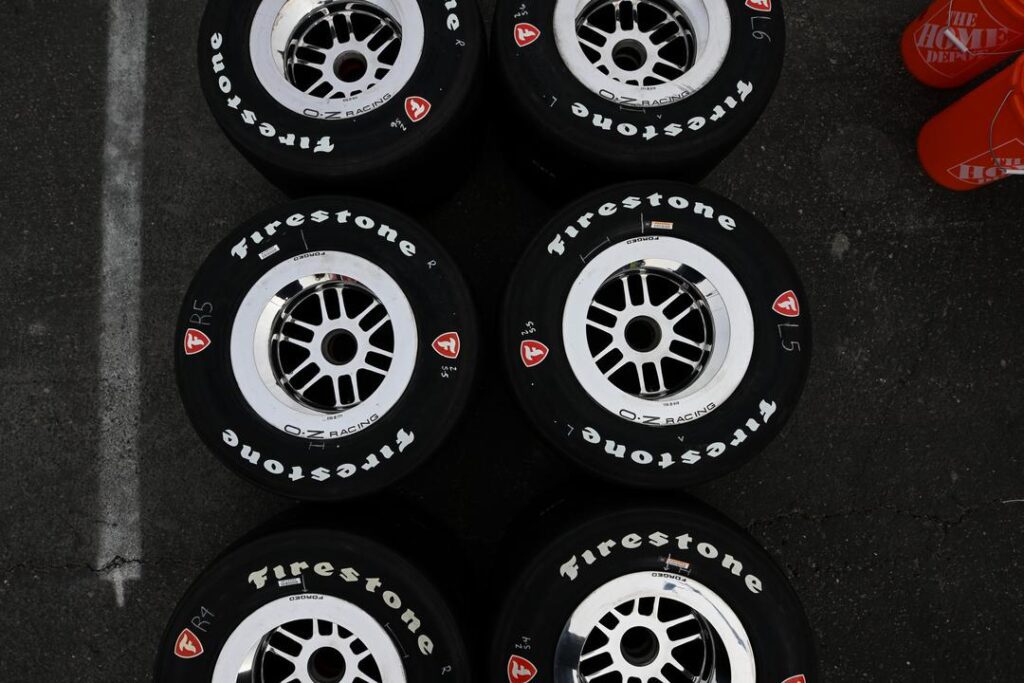
So I’d say in general, no. But in specific instances, like the first time I had a female engineer work for me, and a lot of the stuff that I put up with when I was an engineer, all of a sudden I was not willing to put up with as a leader of others.
I didn’t want somebody to be able to tell my engineer very disrespectful things whereas if they might have said that to me before I became a leader, I would have just put up with it.
What is the future of racing?
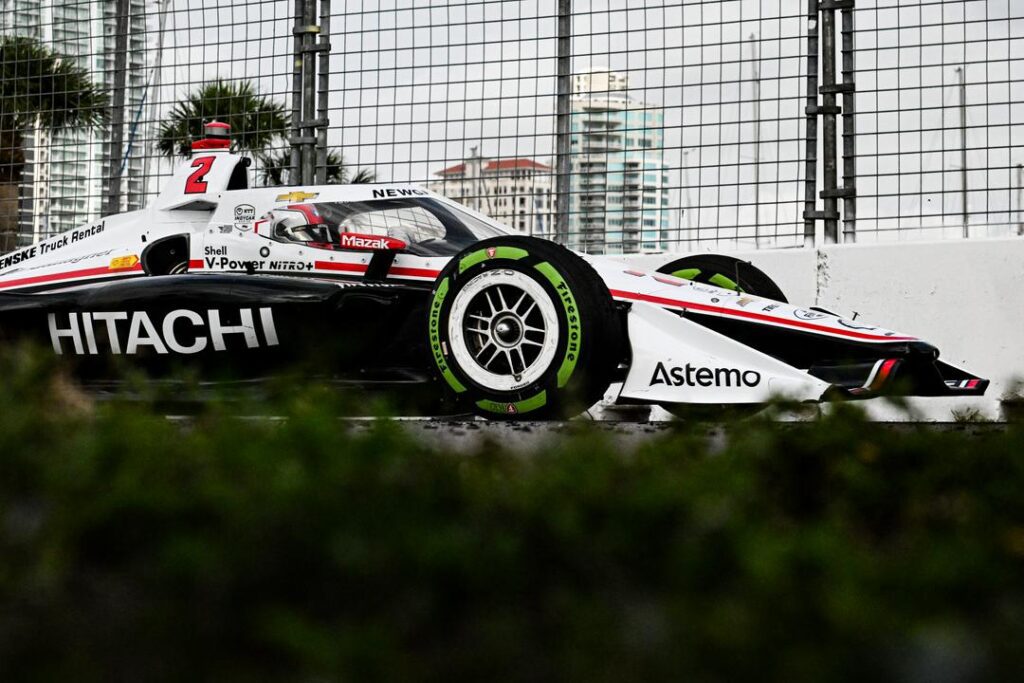
You’re asking me this on the the weekend [at St Petersburg’s IndyCar season opener] where we race our new green tire developed using more sustainable guayule rubber, so it’s great!
For me, let’s go back to my Mom as a science teacher, we did neighbourhood walks, and we would do leaf notebooks and tree notebooks. Every year, we did a flower notebook and a tree notebook with my Mom and when I got to sixth or seventh grade, whatever grade you actually do it at school, I was like, ‘Yeah, I’m a pro, I’ve done this before’.
So for me, making sure that we take care of the environment is key and to be able to bring that sustainability aspect back into tires back into motorsports.
For so long people looked at motorsport and said, ‘they consume all this fuel and they’re noisy’, but to be able to bring in some of those sustainability elements, whether it’s renewable materials, recycled materials.
Look at the some of the stuff that Bridgestone has done with our partners like Shell, bringing in renewable fuel, we have this guayule tire, we have some more news coming around the Indy 500.
So there’s some really exciting things that we’re bringing in. We have this great platform of motorsport, and there’s a lot that we can accomplish, because we’re very visible.
If you look at motorsports as a whole, let’s step back and look at tires, motorsport tires, there aren’t very many of them, we’re making 30,000 tires a year, where a regular tire plant may might make 30,000 tires a day.
So we can take those low volumes, and we can affect change with what we’re doing.
Having that opportunity must make it easier to go to work in the morning!
Absolutely. In fact, when I was an engineer, I wasn’t sure that I really wanted to be a manager, I wasn’t sure I wanted to be a leader.
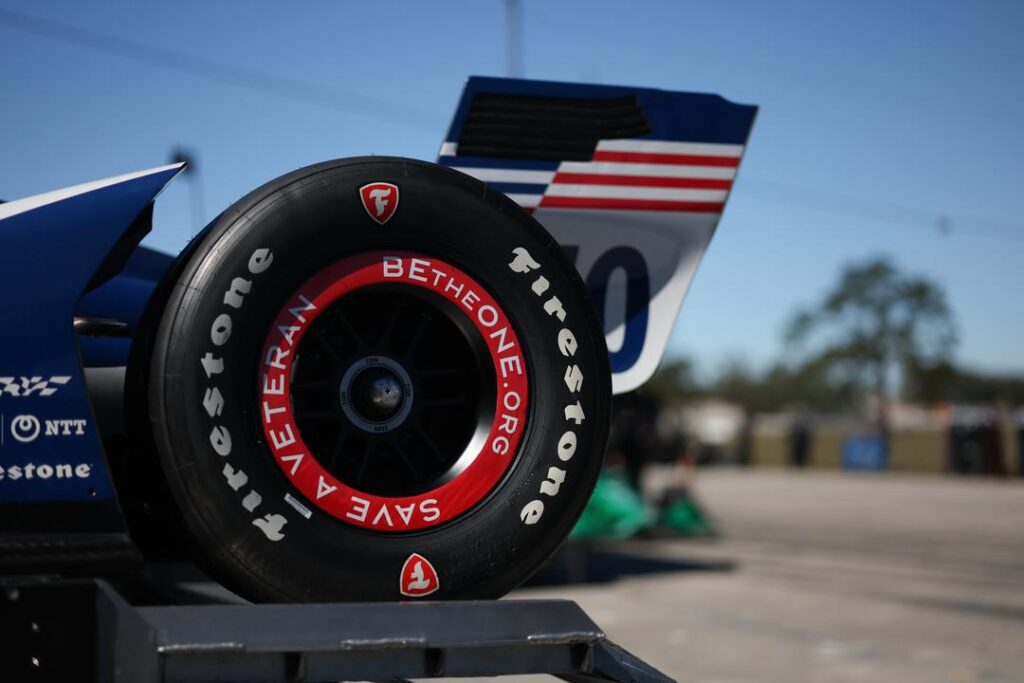
But then I realised as a leader, especially with this awesome team that we have here at Firestone Racing, I have the ability to affect change and I can have my opinion heard, just like any of my other engineers, they can have their opinion heard.
We can see things happen and really want to drive forward.
There’s a trend of more engineers taking on management roles recently, like Mattia Binotto at Ferrari and Gavin Ward at McLaren in IndyCar. Is it coincidence or is there a reason for that?
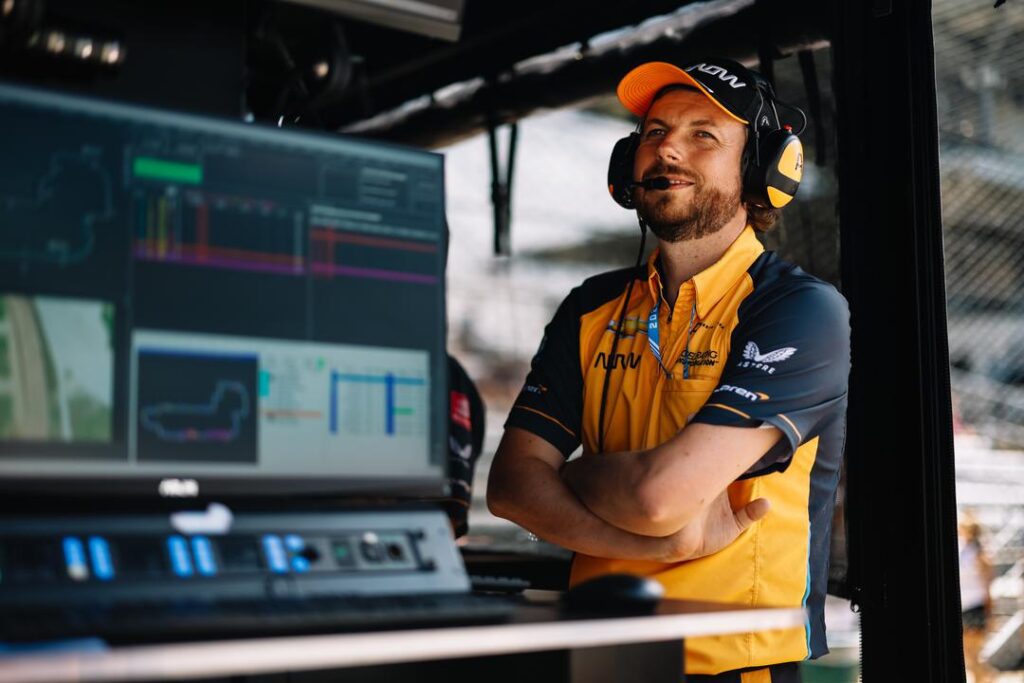
In some cases, I think it can be really good. One thing that engineering school does is it teaches you how to think and how to solve problems.
A lot of engineers, not everybody, but a lot of engineers, you need to have the ability to think rationally and separate the noise.
One of the big challenges as a leader is to separate what’s noise from what is important.
So I think there are some characteristics of the people that are drawn into engineering that are good, but it’s also how in engineering school, you have to define a problem, you have to state what you know about the problem and you have to save what you don’t know and you have to make assumptions in order to solve the problem. But you know what assumptions that you’re making.
So engineering teaches you how to think, and that actually sometimes can help you very much as a leader. I’ve seen engineers that haven’t succeeded in leadership too, of course, they’re often people that have a very narrow mindset.
But if you can get an engineer that is able to relate to other people, then you’ve got a wonderful leader.
